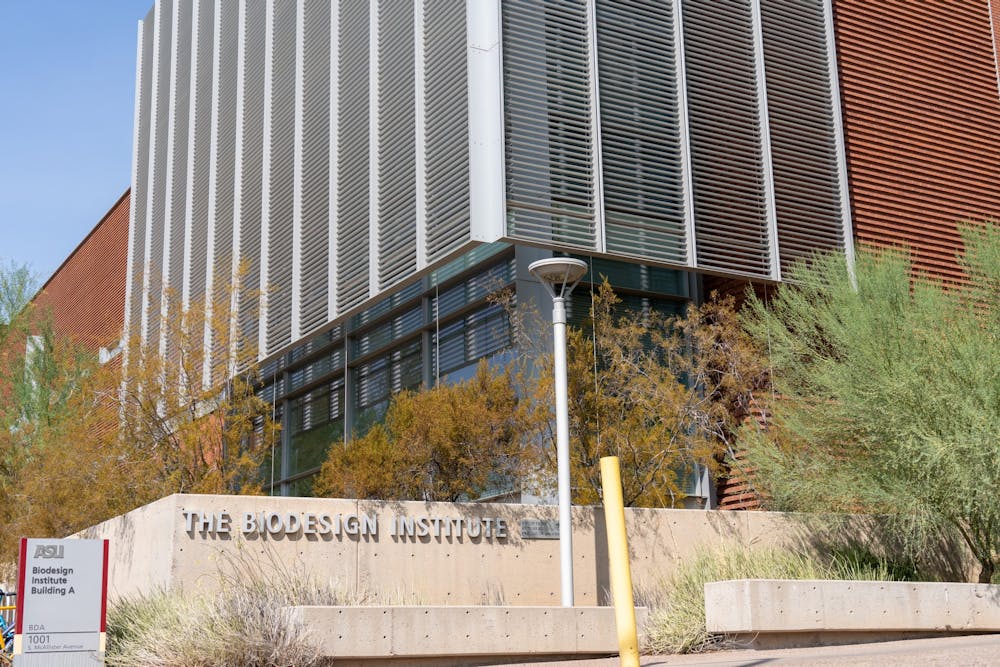The "high-pressure release of a cylinder containing chlorine dioxide" at an ASU lab injured three contractors, according to a University spokesperson.
Two of the workers, males who are 50 and 27 years old, were transported to a hospital for serious, non-life-threatening injuries, Tempe Fire Medical Rescue Assistant Chief Andrea Glass said in an email.
The University spokesperson said ASU police and Tempe Fire Medical Rescue responded to the incident at approximately 11:30 a.m. Tuesday. Fire crews from Phoenix and Scottsdale also arrived at the scene of the incident, Glass said.
As a precaution, "the floor of the building the laboratory is located on was evacuated," the University spokesperson said.
The injured workers were alert and spoke to emergency personnel upon their arrival, Glass said. She added the third worker was evaluated at the site and refused further transportation to a hospital.
Glass said the "laboratory was metered and assessed for further hazards" by hazardous materials response teams.
A tweet from ASU PD said the incident occurred at Biodesign Building A, located on 1001 S. McAllister Ave., and was cleared to resume normal activities at 12:58 p.m.
The building is home to ASU's Biodesign Institute, where a variety of different labs are held and conduct their research on the biosciences. This year, the institute developed the University's saliva-based COVID-19 test.
Controlled Environment Management, the contractor working in the lab, was creating a chlorine dioxide solution using chlorine and nitrogen gases along with a proprietary chemical, a process the contractor has used at ASU in the past, the University spokesperson said. They added the incident is currently under investigation.
According to a 2002 Concise International Chemical Assessment Document created by the World Health Organization on chlorine dioxide, the chemical at room temperature and pressure in its natural form "is a gas that is unstable, highly reactive (an oxidizing agent), and explosive."
The report added that the chemical is typically stable as an aqueous solution if it is kept cool and in the dark.
The University spokesperson said the gas is used to decontaminate and sterilize surfaces and equipment.
It is also used as a bleach in mills that create paper, in water treatment facilities to make water safe to drink and to decontaminate buildings, according to a web page created by the Agency for Toxic Substances and Disease Registry.
Reach the reporter at wmyskow@asu.edu and follow @wmyskow on Twitter.
Like The State Press on Facebook and follow @statepress on Twitter.

Wyatt Myskow is the project manager at The State Press, where he oversees enterprise stories for the publication. He also works at The Arizona Republic, where he covers the cities of Peoria and Surprise.




